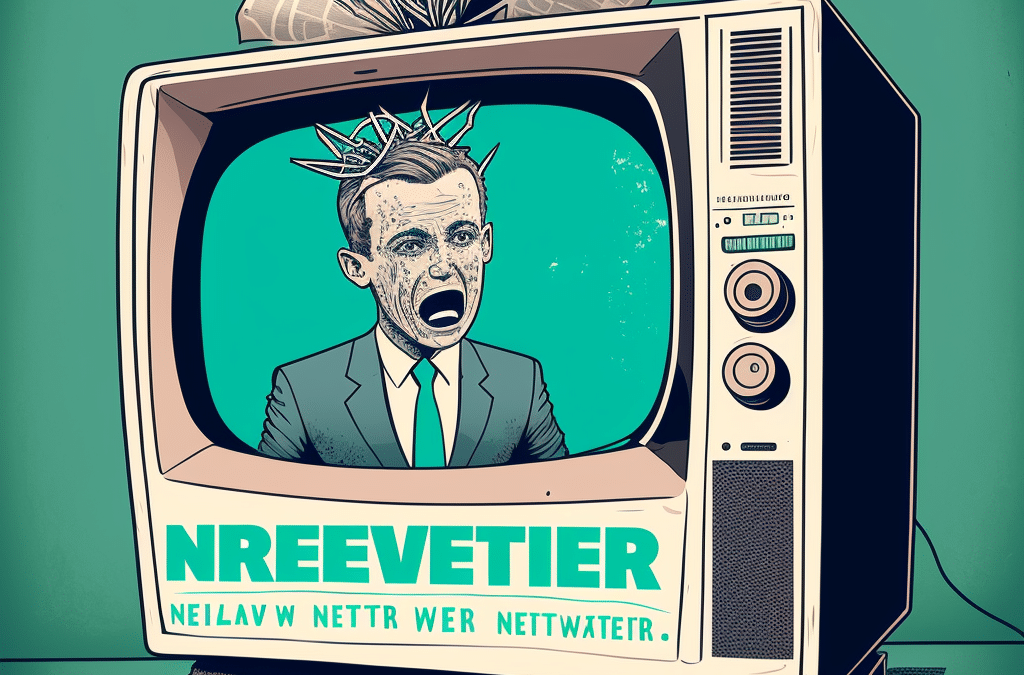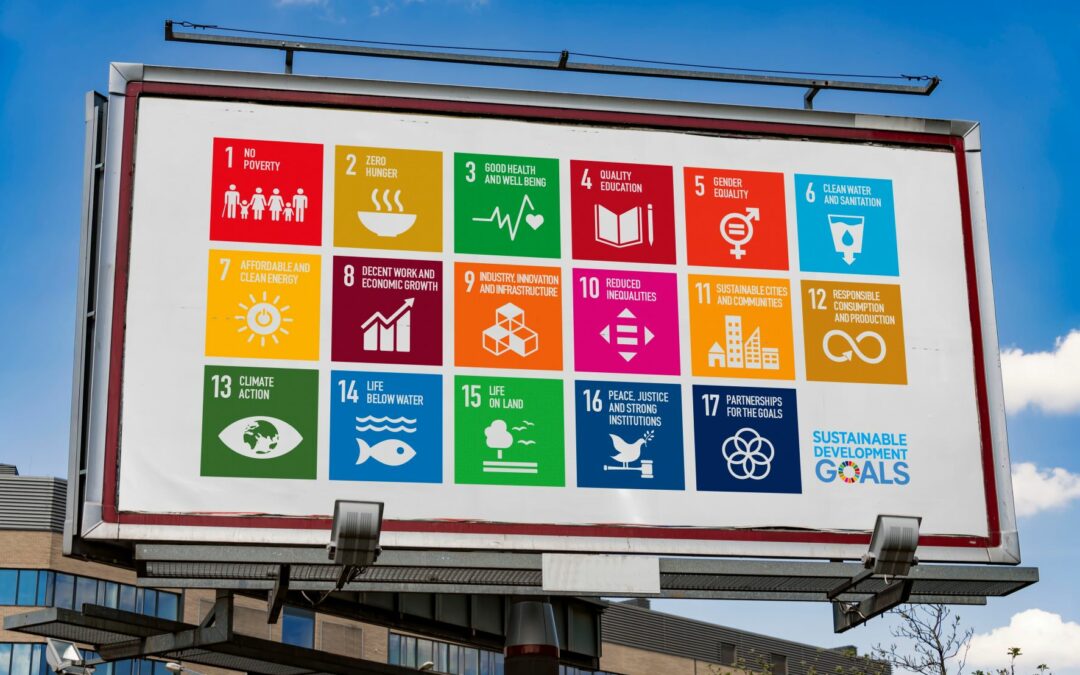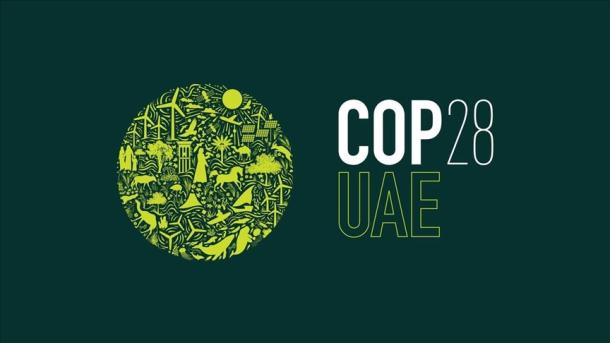Reviewed Reports:
- Our Common Agenda: Report of the Secretary General (UN, Sept 2021, 84p)
- Our Future Agenda: A Vision and Plan for Next and Future Generations (UN, Sept 2021, 54p)
- Shaping Our Future Together: Listening to People’s Priorities for the Future and Their Ideas for Action (UN, Jan 2021, 92p)
- The Future We Want, The United Nations We Need (UN, Sept 2020, 94p)
- Declaration on the Commemoration of the Seventy-Fifth Anniversary of the United Nations (UN, Sept 2020, 4p)
Background
“Urgent efforts are required … we are not here to celebrate … we are here to take action … we are here to ensure the future we want, and the United Nations we need.”
The 75th birthday of the United Nations, as well as the COVID-19 pandemic, prompted the 2020 Declaration that “much more remains to be done,” and that “the 2030 Agenda for Sustainable Development is our roadmap and its implementation a necessity for our survival.
The Declaration outlined 12 Commitments: leave no one behind, protect the planet, promote peace and prevent conflicts, abide by international law and ensure justice, place women and girls at the center, build trust, improve digital cooperation, upgrade the UN, ensure sustainable financing, boost partnerships, listen to and work with youth, and be prepared to reduce risks and make our systems more resilient. It ended with a request for the Secretary-General to report back with proposals “to advance our common agenda and to respond to current and future challenges”.
This statement was followed by The Future We Want, which synthesized five data streams involving >1 million participants, and influenced the UNOG/WAAS Dec 2020 virtual conference on Global Leadership for the 21st Century, with >800 participants in 16 working groups, on the need for leaders to keep up with a changing world. Shaping Our Future Together, through surveys and dialogues, reported on hopes and fears of >1.5 million people from all 193 UN Member States. In light of the COVID-19 pandemic, the immediate short-term priority globally was universal access to health care. The number one long-term priority was more environmental protection.
Our Future Agenda responded to an invitation by the Secretary-General for young people to have a seat at the table as “designers of their own future.” Eight Next Generation Fellows, soliciting proposals from young people worldwide, called for a “New Deal for a New Generation,” in that people under 30 account for nearly half the world’s population and >10 billion people are likely to be born during the rest of the 21st century. The New Deal considers the right to learn what is needed to thrive, secure and meaningful work, building back greener after the pandemic, transformative shifts, access to justice, rebuilding the social contract, supporting youth-led movements, rejuvenating multilateralism with a UN Youth 2030 strategy, a Global network of Youth Envoys, an annual High-Level Meeting for Young People, and more.
The Secretary-General’s Report
All of these participative streams flowed into Our Common Agenda, which begins with a statement by Antonio Guterres that “We are at an inflection point in history” with “COVID-19 upending our world, threatening our health, destroying economies and livelihoods, and deepening poverty and inequalities.” The Secretary-General goes on to state that “humanity faces a stark and urgent choice: a breakdown or a breakthrough,” with the two scenarios clearly outlined on pages 15 and 16. Breakdown involves more deadly pandemics, an uninhabitable planet, erosion of human rights, growing poverty, new types of warfare, underfunded public goods, etc. Breakthrough for a greener and safer future requires sustainable pandemic recovery, healthy people and planet, global temperature rise limited to 1.5oC, commitment to human rights, quality education and lifelong learning, ecosystems preserved for future generations, addressing illicit financial flows and tax avoidance, and more.
The agenda for action is “designed to accelerate the implementation of existing agreements, including the Sustainable Development Goals.”
Six action areas for a common agenda:
- Global Solidarity: finding new ways to work together, which must include a global vaccination plan against COVID-19, and bold steps to address “the triple crisis of climate disruption, biodiversity loss, and pollution destroying the planet”;
- Renewed Social Contract: a New Global Deal for rebuilding trust and embracing a comprehensive vision of human rights, delivering better public goods, national listening consultations in all countries, equal participation of women and girls;
- Ending the War on Science: this “infodemic” is plaguing our world; all policy and budget decisions should be backed by science and expertise, with a global code of conduct to promote integrity in public information;
- Measuring Economic Progress: now is the time to correct this “glaring blind spot” in how we measure prosperity and progress; new measures are need to complement GDP, which fails to capture the human and environmental destruction of some businesses.
- Young People and Future Generations: now is the time to think for the long term and encourage meaningful youth engagement; a Declaration on Future Generations is proposed, as well as a regular Strategic Foresight and Global Risk Report.
- Effective Multilateralism: a stronger, more networked, and inclusive multilateral system is needed, anchored within the UN; also proposes a new agenda for peace, stronger involvement of all relevant stakeholders, and a Global Digital Compact.
Other proposals expanding the Agenda:
- A Global Vaccination Plan to at least double vaccine production and ensure equitable distribution, while tackling the serious problem of vaccine hesitancy;
- A High-Level Advisory Board led by former heads of state and government, to identify global public goods where governance improvements are most needed;
- A dedicated UN Youth Office in the Secretariat, to integrate current activities of the Office of the Envoy on Youth and serve as anchor for coordinating UN youth matters;
- A Summit on Transforming Education in 2022 to build on the forthcoming work of the International Commission on the Futures of Education and help children and youth to catch up on learning lost during the pandemic and champion lifelong learning for all;
- A Special Envoy for Future Generations to support work on long-term thinking and foresight, giving voice to the unborn by the Trusteeship Council;
- A New Agenda for Peace focusing on reducing strategic risks, reshaping responses to all forms of violence, investing in prevention and peacebuilding, supporting regional prevention, and putting women and girls at the center of security policy;
- A Global Acceleration Plan for Gender Equality, promoting gender parity in all spheres, repeal of all gender-discriminatory laws, more support for women entrepreneurs, etc.
- A Futures Laboratory to conduct impact assessments, report on megatrends and catastrophic risks, and strengthen strategic foresight and anticipatory decision-making “that values instead of discounts the future”;
- A Summit of the Future to forge a new global consensus on what our future should look like and what can be done to secure it;
- A World Social Summit in 2025, on universal social protection floors and health coverage, adequate housing, decent work, and education for all;
- Measures to assist and protect the internally displaced, to end statelessness by closing legal loopholes, and putting the putting the Global Compact on Refugees into practice;
- The UN in a networked world as a Convener that builds consensus around priorities and strategies and supports networked approaches across different thematic pillars including peace and security, development, climate, human rights, and humanitarian response;
- An Advisory Group on Local and Regional Governments, to strengthen collaboration with subnational authorities and enhance inputs at the UN;
- Strengthened governance of our global commons and global public goods through new resolve and ways of working together—“an increasingly urgent task”;
- A new strategy by the Global Compact Office to promote its 10 principles, expand its network, raise ambition, and achieve stronger private sector engagement, accountability, and partnerships for a broader range of businesses;
- A reformed international tax system responding to the realities of growing cross-border trade and investment, and the need to reduce harmful tax competition;
- A dedicated focal point for civil society actors to contribute at country and global levels, and at UN meetings; “we will regularly map and monitor our relationships with civil society across the system to ensure better engagement”;
- The UN Office for Partnerships will build on possibilities for greater inclusion, with digital solutions and hybrid meetings allowing more diverse actors to participate without limits of visas, funding, travel, time zones, and language;
- To make the UN more effective, “we will develop new capabilities that promote agility, integration, and cohesion across the system;
- A “United Nations 2.0” by expanding the Security Council, streamlining the resolutions of the General Assembly, making the Trusteeship Council into a multi-stakeholder body to tackle emerging challenges, strengthening the Economic and Social Council, and expanding the role of the Peacebuilding Commission to more settings.
Comments and Comparison with 1987
An exhilarating and exhausting array of proposals, new and old, general and specific, already underway and still far away, easy and difficult, and practical and idealistic. An index would have been helpful for navigation, although there are several useful diagrams and charts.
Even more important, a major publicity campaign is needed. This reviewer (based in the US) follows current affairs in magazines, newspapers, and television shows and has yet to see any notice of this important report or its predecessors Perhaps it has made a splash in some other countries, perhaps critical reviews are forthcoming, or perhaps they have been missed. Our Common Agenda deserves attention and debate through in-depth reporting, supportive or critical op-eds, special issues of major journals such as Foreign Affairs, and appearances of supporters on television talk shows. Even paid advertisements by supportive businesses and NGOs, if necessary. So, far, to my knowledge, nothing but silence.
The 2021 Report of the Secretary General evokes both similarities and differences with Our Common Future, from The World Commission on Environment and Development (Oxford University Press, 1987, 383p). The Foreword by Chairwoman Gro Harlem Brundtland stated that this “urgent call” by the UN General Assembly asked the Commission to formulate “a global agenda for change.” She continued that “after a decade and a half of a standstill or even deterioration in global cooperation, I believe the time has come for higher expectations, for common goals pursued together, for an increased political will to address our common future.”
Chapters described “urgent steps” needed for limiting population growth to 6 billion people, food security, disappearing species and threatened ecosystems, energy efficiency, hazardous industrial and agricultural chemicals, pollution of orbital space, urbanization, managing the global commons, the nuclear threat, growth of the “arms culture”, expanding the traditional notion of “security”, poverty, inequality, and sustainable development that doesn’t compromise the ability of future generations to meet their needs.
Proposals included a return to multilateralism (“our most urgent task today”), enhancing financial flows to developing countries, controlling costs of air pollution, the potential of renewable energy sources, producing more with less, major advances in ocean management requiring global regimes, evolution of the Antarctic Treaty System, managing “the interrelationships between security and sustainable development” and military vs. environmental security, establishing a Global Risks Assessment Program, increasing the role of the scientific community and NGOs (often “an efficient and effective alternative to public agencies”) and a UN Program of Action on Sustainable Development.
In sum, what is new in the 2021 report is concern about COVID-19 and future pandemics, global warming, Arctic meltdown, growing numbers of migrants and refugees, an “infodemic” of disinformation, the need for a New Global Deal, and emphasis on youth, gender equality, and foresight. But no mention is made of human population—now approaching 8 billion people and expected to grow to 10 billion later in this century as habitable habitats decline–and many of the “urgent” concerns in 1987 are still with us, some worsening and some improving..
If we are indeed at “an inflection point in history”–a plausible truth–and the urgency of 2021 UN concerns is even more urgent, we must have far more than the usual calls for multilateralism and agendas for action, exploring the Five P’s: more called-for Partnerships and Participation, as well as ample Publicity, empirical Pedagogy for 21st century life, and Political engagement at all levels pressing for even half-serious counter-arguments. There are none, including the so-called conservative “we can’t afford it”; rather we can’t afford not to.




0 Comments